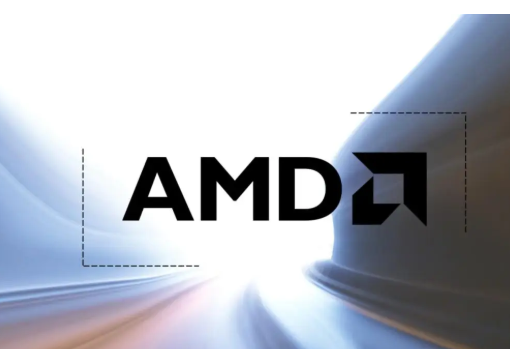The Consumer Electronics Show (CES) might be the last place you’d expect an enterprise product to debut, but AMD unveiled a new server accelerator among the many consumer CPUs and GPUs it unveiled at the Las Vegas show.
AMD has taken the wraps off its Instinct MI300 accelerator, which is awesome.
The Accelerated Processing Unit (APU) is a combination of 13 chiplets, including CPU cores, GPU cores, and high-bandwidth memory (HBM). Combined, AMD’s Instinct MI300 accelerator has 146 billion transistors. By comparison, Intel’s ambitious Ponte Vecchio processor will have about 100 billion transistors, while Nvidia’s Hopper H100 GPU has only 80 billion transistors.

nstinct MI300 has 24 Zen 4 CPU cores and six CDNA chips. CDNA is the data center version of AMD’s RDNA consumer graphics technology. AMD didn’t say how many GPU cores each chiplet has. Rounding out the Instinct MI300 is 128MB of HBM3 memory stacked in a 3D design.
The 3D design allows for huge data throughput between CPU, GPU and memory chips. Data does not need to be transferred from the CPU or GPU to DRAM; it goes into the HBM stack, greatly reducing latency. It also allows the CPU and GPU to process the same data in memory simultaneously, thus speeding up processing.
AMD CEO Lisa Su announced the chip at the end of her 90-minute CES keynote, calling the MI300 “the first chip to bring the CPU, GPU and memory into a single integrated design. This allows us to provide new solutions for memory and memory.” IO shares system resources, significantly improving performance and efficiency and [becoming] easier to program.”
Su said that the MI300’s AI performance is eight times that of the Instinct MI250, and its performance per watt is five times that of the Instinct MI250. She mentioned the much-hyped AI chatbot ChatGPT, noting that it takes months to train a model; Su said MI300 can reduce training time from months to weeks, saving millions of dollars in electricity bills.
Note that AMD’s MI250 is an impressive piece of silicon used in Frontier, Oak Ridge National Laboratory’s first exascale supercomputer.
AMD’s MI300 chip is similar to Intel’s Falcon Shores, launching in 2024, and Nvidia’s Grace Hopper Superchip, launching later this year. Su said the chip is currently in labs and sampling to selected customers and is expected to be launched in the second half of this year.
AMD launches new AI accelerator
Instinct wasn’t the only corporate announcement at CES. Su also introduced the Alveo V70 AI inference accelerator. Alveo is part of the Xilinx FPGA family AMD acquired last year and is built on AMD’s XDNA AI engine technology. According to AMD, it can deliver 400 million AI operations per second on various AI models, including video analytics and customer recommendation engines.
Su said that in terms of video analytics, the Alveo V70 provides 70% more street coverage for smart city applications, 72% more hospital bed coverage for patient monitoring, and 72% more coverage for checkout lanes in smart retail stores compared to competitors. Coverage has increased by 80%, but she didn’t say what the competition was.
All this within 75 watts of power and in a compact form factor. AMD will take pre-orders for the V70 cards today and they will be available this spring.